You Can Use Layering Or Hardwood Cuttings To Propagate Gooseberry Bushes

FRUIT > GOOSEBERRY > PROPAGATION

Elizabeth is a Permaculture Garden Designer, Sustainability Consultant and Professional Writer, working as an advocate for positive change. She graduated from the University of St. Andrews with an MA in English and Philosophy and obtained a Diploma in Applied Permaculture Design from the Permaculture Association.
Reviewed By COLIN SKELLY

Colin is a Horticulturist and Horticultural Consultant with experience in a range of practical and managerial roles across heritage, commercial and public horticulture. He holds the Royal Horticultural Society’s Master of Horticulture award and has a particular interest in horticultural ecology and naturalistic planting for habitat and climate resilience.
GOOSEBERRY GUIDES
Container Growing
Harvesting
Propagation
Pruning
Sawfly
Varieties
Gooseberries might not be everyone’s favourite fruit, but I love them.
I use them unripe in jams and other preserves, and to make a tart lemon juice substitute for a range of recipes.
I also enjoy the ripe fruit too in a range of ways in my kitchen.
In my forest garden at home, I have several gooseberry bushes, all of which were propagated from one original plant.
If you would like to propagate your own gooseberry bushes at home, the good news is that this is a very easy and straightforward gardening job.
“As with most fruits, there are many different cultivars of gooseberry,” shares Colin Skelly, a Horticultural Consultant.
“You can choose one or more depending on whether you want a cooking or dessert gooseberry, sweet or sour, early, mid or late-season, or a combination.
“If you have a friend or neighbour with a favoured cultivar it is easy, as described here, to propagate from.”
Gooseberries are an extremely easy plant to propagate and are therefore a great place to start if you are new to the process of propagating your own shrubs in your garden.
| Difficulty | Easy |
| Equipment Required | Gloves, knife or secateurs |
Gooseberry Propagation Methods
There are two main ways to make new plants from an existing gooseberry bush:
- By layering
- With hardwood cuttings
Both of these jobs are undertaken between late September and early November.
Let’s take a closer look at each of these simple and straightforward options.
1) Layering
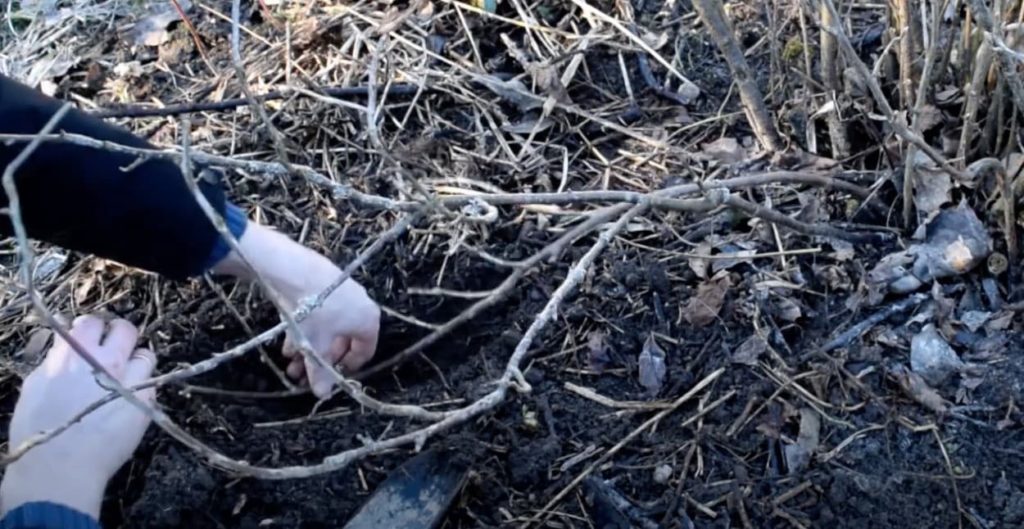
Layering involves taking a stem from an existing gooseberry bush and bending it down so that a portion of this stem comes into contact with the soil, while the tip grows up and out of the soil.
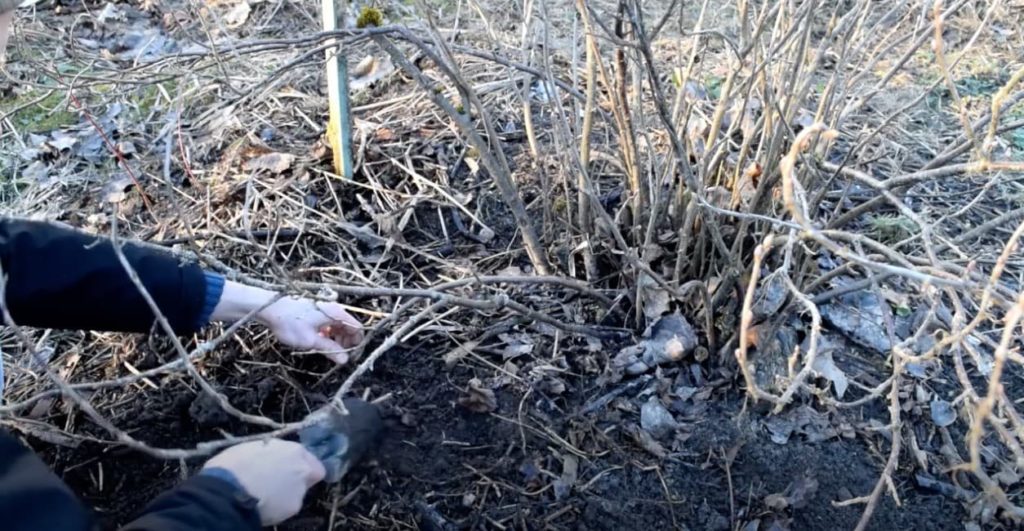
By pegging or weighting down this stem, keeping it in contact with the soil, it can be encouraged to root while still attached to the parent plant and, gooseberries will root fairly reliably in this way.
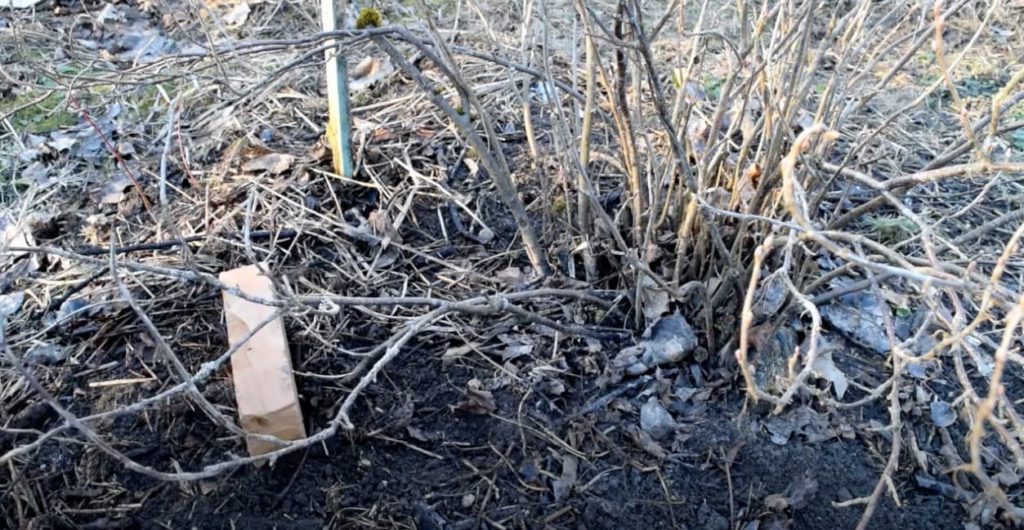
Make sure a section of the stem is under the soil, gently cover it with a little more soil to hold it down and guide the tip of the stem to grow upwards out of the soil.
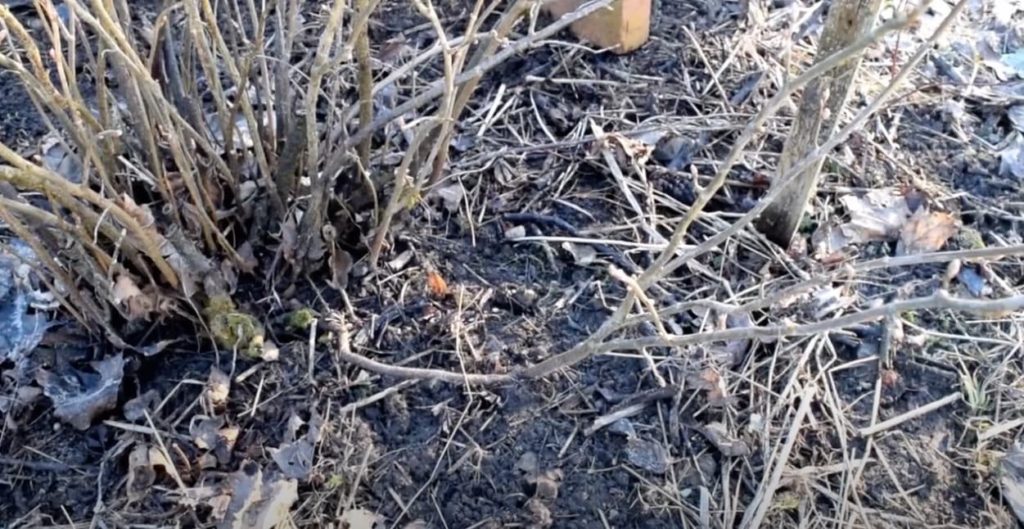
By autumn the following year, this stem that has been layered should have taken root and be well established.
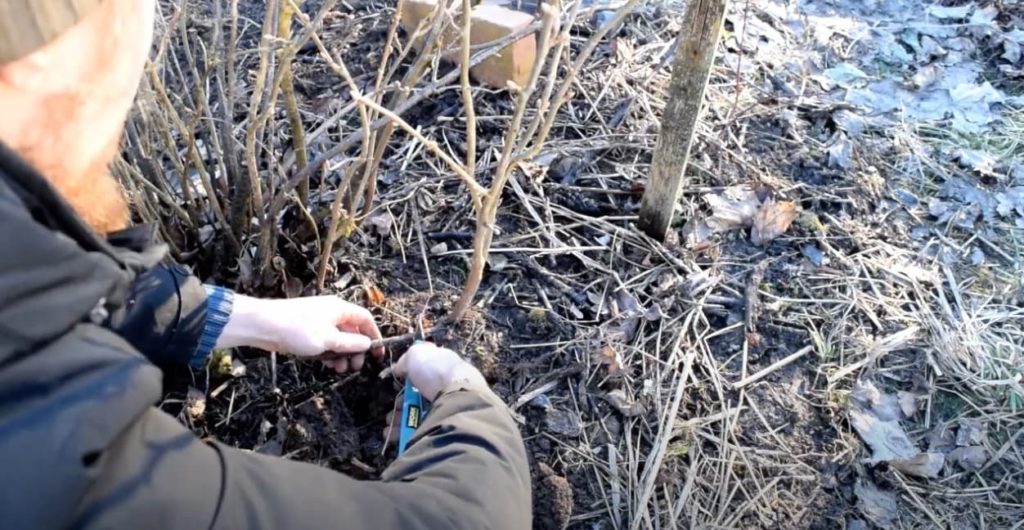
The connection to the parent plant can be severed and the new gooseberry can be moved to a new location within your garden.
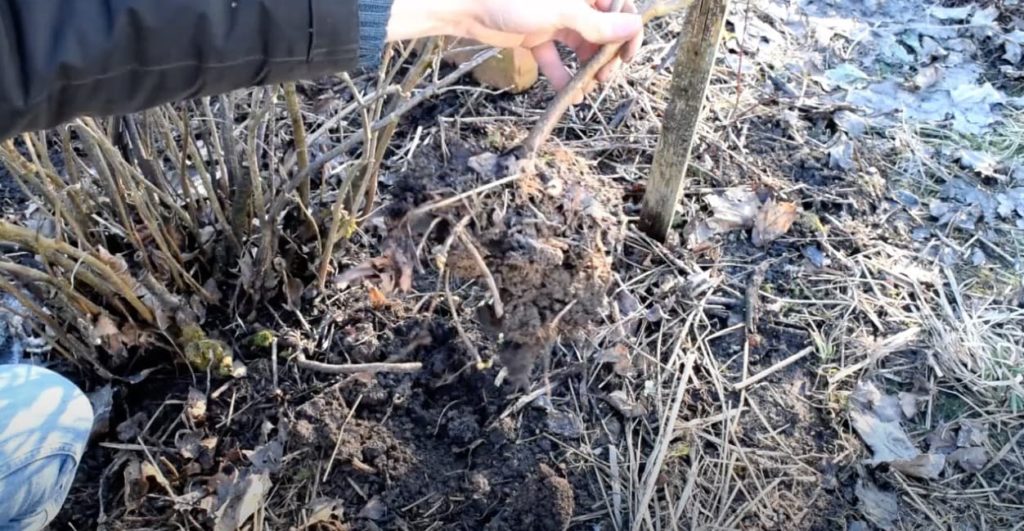
2) Hardwood Cuttings
The other equally easy way to propagate gooseberries is to take hardwood cuttings.
As with layering, this is best undertaken sometime between September and early November.
To take hardwood cuttings, select a healthy stem with soft growth at the tip and woodier growth at the base.
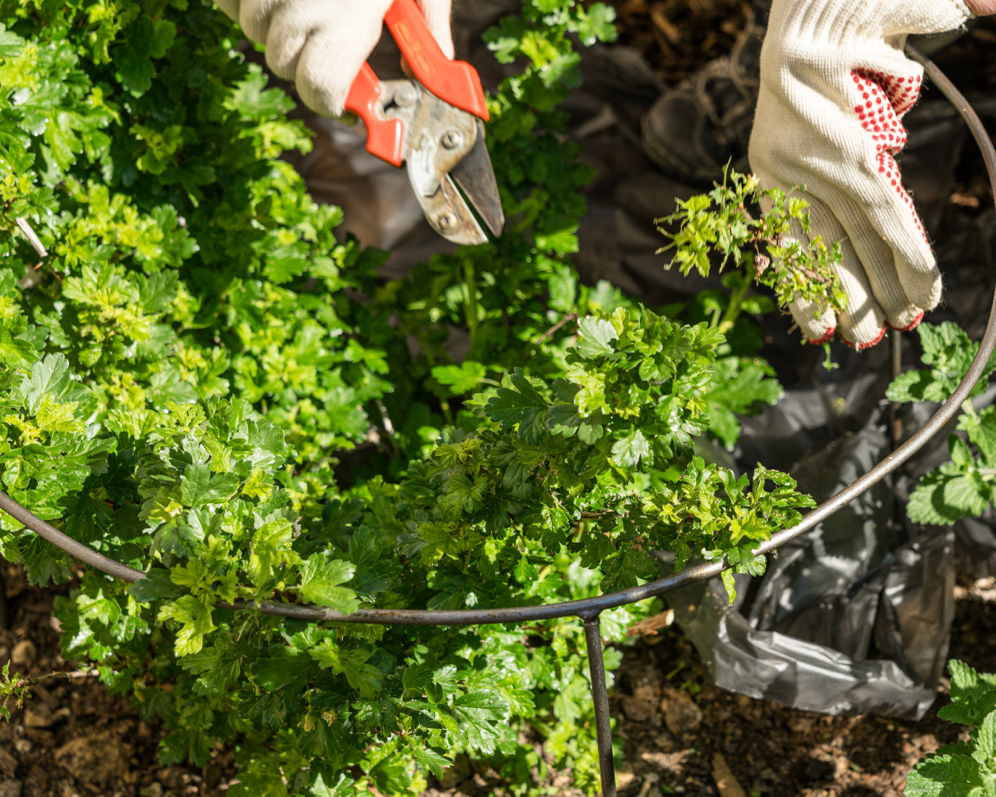
Cut off this stem to obtain a cutting around 20cm in length, using a pair of clean, sharp secateurs.
Gooseberry cuttings will root very easily and in my experience, you do not need to use a rooting hormone to get well-rooted healthy new plants.
Simply remove the lower leaves from the cuttings, then push the end of the cutting into the soil in a nursery area or any fertile bed or growing area.
Make sure that the stem descends at least 5cm or so into the soil.
Gently firm down the soil around the cutting to make sure that it is held in place.
Afterwards, simply water the cutting well and leave it alone until spring.
In spring, you should see new growth as an indication that the cutting has taken and rooted well.
If you plan to move your gooseberry to a new location, you can do this the following autumn.
